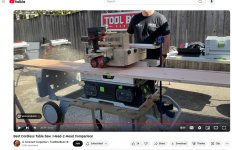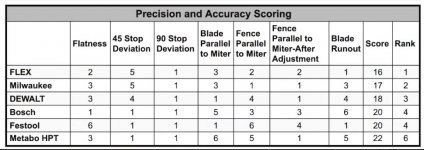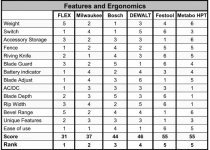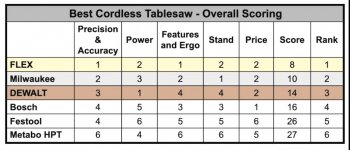alladd said:
If you've ever tried to feed a long workpiece on a saw with a short fence, you'd know the answer to your question. The power of a feeder's hold against the fence is many times what can be achieved by hand or even by Jessem's Clear Cut guides that so many woodworkers have plunked down upwards of $300 for. And repeat work, especially dados, become a snap rather than a drag.
But it is unusual.....
The real question is not about how short or long the saw fence is, but about how many pieces of the same are ripped. That's the whole purpose of a power feeder: making many many repetitive cuts of the same.
I didn't watch the whole review video, but if it involved ripping many many pieces in the tests, then it made sense to use a power feeder. If they ripped only a few strips on each saw, considering the set-up time, it'd be considered an overkill for the review.




